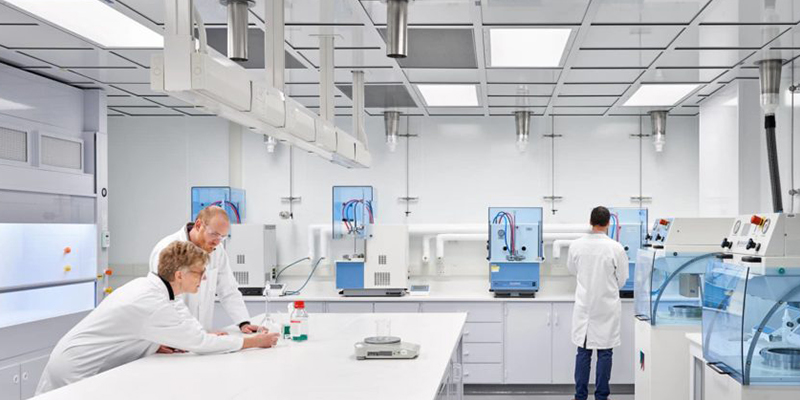Have you ever considered the efficiency for your back office? Most practices have invested in optimizing their clinical and patient facing processes. But what happens when the customer leaves? A few things. For one, you will want to be paid for the visit, and two, you want to make sure all the charting and paper work is in its proper place. This is all done by your back office. If you think about it, all patient needs and requests are actually fulfilled by the back office.
The back office isn’t designed to streamline your operations, however that can be changed. There are many technologies available to day that can help you optimize the flow of patient centric processes throughout your entire practice. You can take your back office, and use it as an opportunity to save money, improve patient care, and show another “face” of your practice to your patients.
Problems you can fix
• High volumes of work, with fluctuating demand:
Work often comes in unpredictable bursts. This might be due to missed communications with other parts of the practice, or to external factors outside your control. If you’re not ready for the volume, you end up with backlogs that can be costly to address. You never want to set the back office back by finding things they “should” have been doing. Think about what happens if they go back and do it.
• High variability in tasks: Employees handle a wide variety of different tasks, based on the patient needs. Tasks may require different skill sets, and employees may need to work with multiple, distinct systems to complete tasks. For example, they many need to access the hospital system, fax system or your PM/EMR.
• Variations in individual performance: Different employees will have varying skill, abilities and performance levels. Handling times for tasks vary not only by task, but also by
individual. The slow, methodical worker may be highly valued for sensitive, complex tasks but less optimal for high-volume, fast-turn work. Make sure you are knowledgeable about your staff and you can work with their strengths and weaknesses, and use them to your advantage.
The Opportunity
The challenge is getting the right work to the right person at the right time to deliver the right service level. You need to align the different moving parts of the back office environment,
including systems, people, schedules, tasks, and business priorities. If you can address these key challenges, you can unlock new efficiencies within the back office. For example:
• Allocate and manage work to meet your expectation and make sure the highest-value tasks are performed
• Align tasks with the people best able to perform them
• Structure workflow so that people are engaged and work is interesting and varied
• Reduce unproductive time spent looking for tasks or figuring out the next step of a process
• Forecast workloads and schedule staffing to eliminate backlogs and overtime
• Track critical patient workflows through the back office
While the process of transformation sounds like a big project, it can be broken into five relatively
simple steps:
1. Establish employee presence
2. Create a global task list
3. Prioritize tasks by business rules
4. Assign tasks based on skills
5. Forecast and schedule based on detailed insight
Each provides value independently – but when you execute them together or in sequence, the result is a transformed back office process. Remember, your practice is a business, and a business has customers, i.e. patients. You want people to have a good experience, and you want them to come back. Remember, it is the practice as a whole, not just the clinical staff. Invest time, energy and money into your back office. You won’t regret it.


